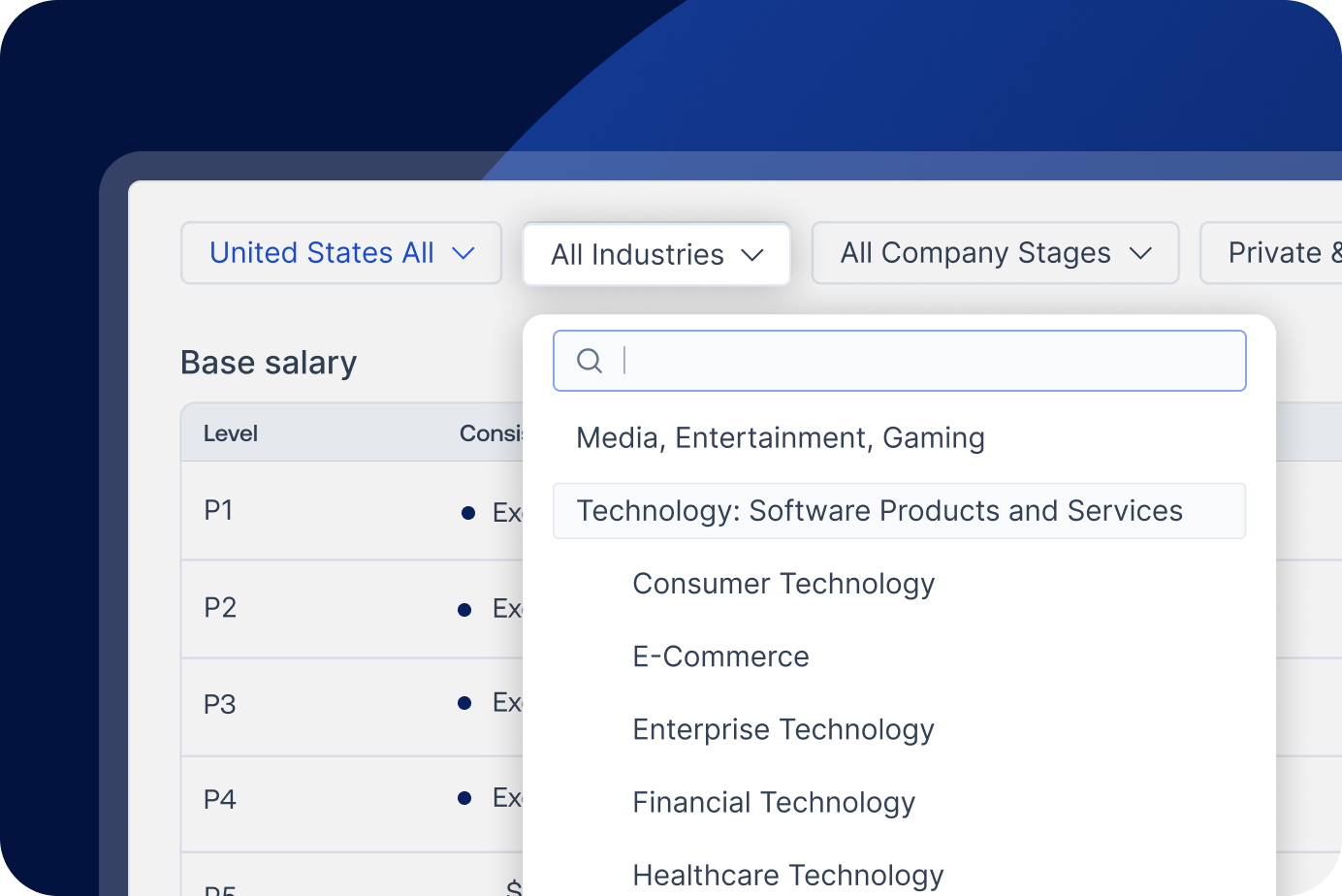Almost exactly one year ago Pave launched its initial benchmarking survey to the market of companies hungry for better compensation data. In that time, the data network has scaled to cover 150,000 employees, 1600 companies, and 70+ VCs around the United States.
The job isn’t over.
2021 was a banner year for cryptocurrencies and the digital asset space. Public awareness of NFT’s, DAO’s, and other Web3 projects are at an all-time high.
But just like the startups outside crypto a year ago, compensation trends remain a black box for founders, investors, and employees.
And this problem is only growing bigger by the day. VC funding for crypto startups has been higher in 2021 than the previous 10 years combined, fueling demand for engineers and operators familiar with this rapidly developing market.
What do we know today?
Our current benchmarking dataset contains thousands of employees at existing cryptocurrency and Web3 startups.
We looked into the salary data for three classifications of engineers:
- Engineers at non-crypto companies
- Engineers at crypto companies (where their job description does not have them programming for smart contracts)
- Engineers developing for the blockchain (where their job description included a reference to Rust, Solidity, etc)

The difference is clear: the median base salary for engineers working in crypto is 5% higher than for non-crypto engineers. And for those specifically developing smart contracts, the median base salary is 22% higher than that for non-crypto engineers.
It’s important to note that this data is across all levels of seniority and we might see even more striking results when looking at more experienced engineers in the crypto economy.
Announcing Pave’s Crypto Benchmarking Study
We have just started to scratch the surface for benchmarking in this emerging space and are excited to announce the launch of our compensation study for crypto companies.
We plan to dive deeper into salary, equity, and token issuance as the dataset grows. Each of these forms of compensation have their own dynamics that are rapidly changing as the market heats up.
If you’re building a company touching Web3 or cryptocurrencies, you can get access to our existing dataset by submitting data here.
Submitting data before January 2022 will also unlock access to our early data that extends engineering benchmarks to design, product management, and more.
Join us to bring transparency into the black box of compensation in the crypto economy.
The only data-driven blog powered by real-time HRIS & Equity integrations.








